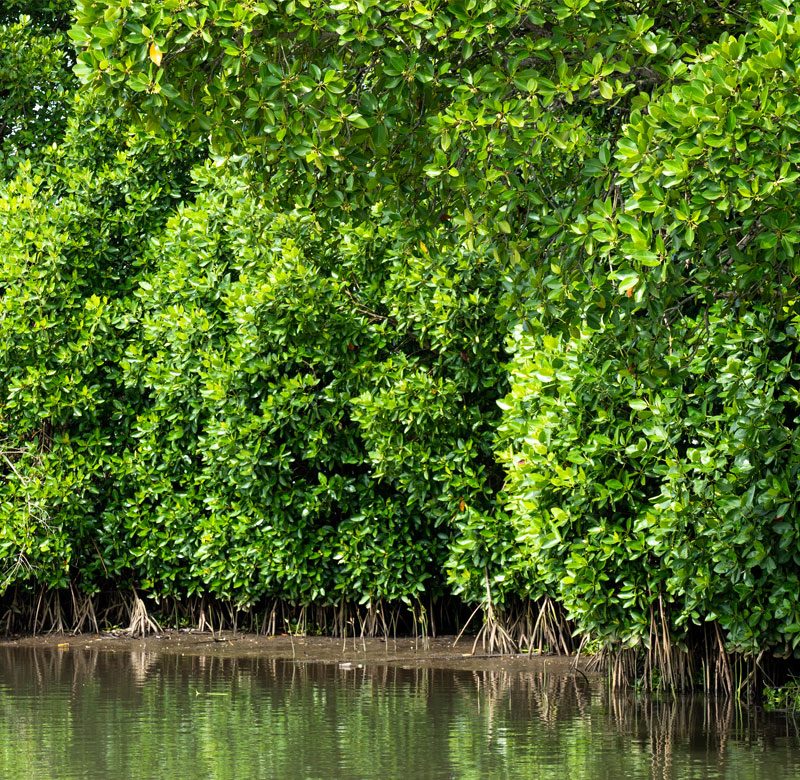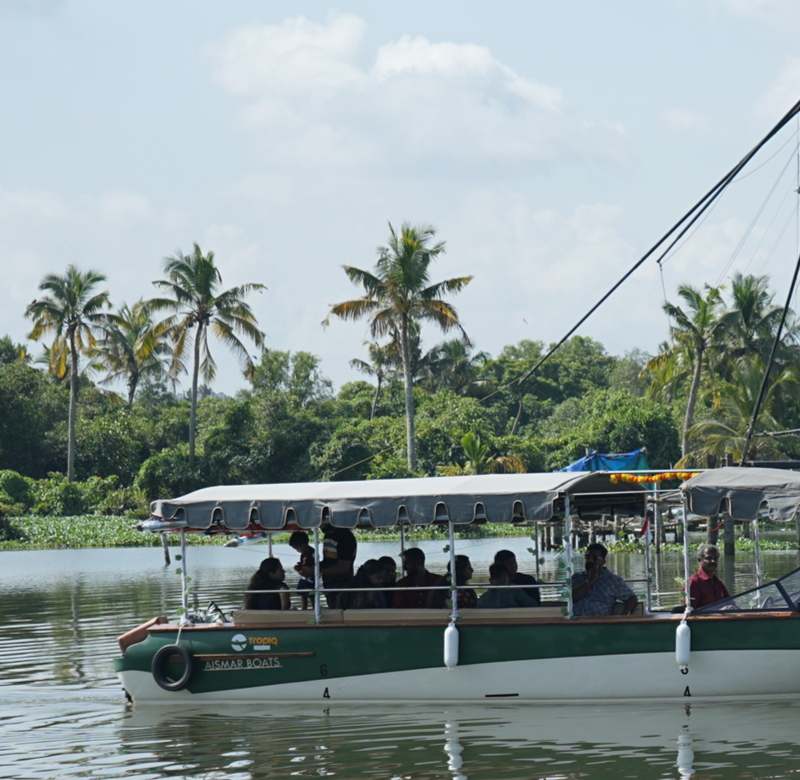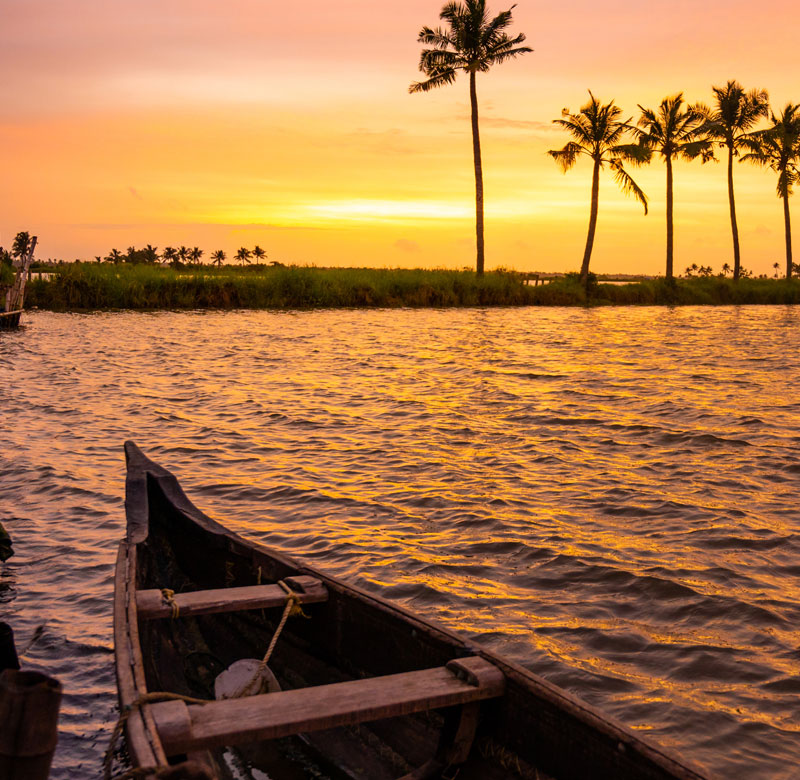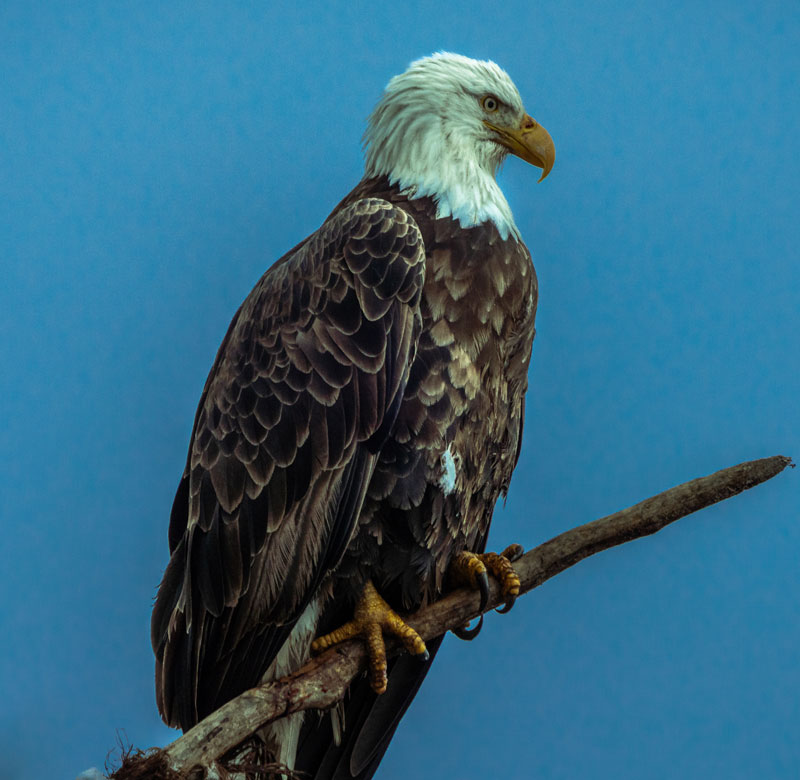Nestled among the tranquil backwaters of Kerala, the Kadamakudy Islands boast an ecological treasure that plays a vital role in maintaining the delicate balance of this unique environment - the enchanting mangroves. These resilient coastal forests not only showcase the extraordinary beauty of nature but also serve as essential guardians of the fragile ecosystem. In this blog, we delve into the fascinating world of mangroves at Kadamakudy and understand their significance in preserving this pristine paradise.
Mangroves: Nature's Coastal Sentinels:
Mangroves are specialized trees and shrubs that thrive in the intertidal zones of coastal areas, bridging the gap between land and sea. At Kadamakudy, the mangrove forests line the fringes of the islands, creating a natural barrier that protects against erosion and mitigates the impact of storms and tsunamis.
Biodiversity Hotspots:
The mangroves of Kadamakudy are biodiversity hotspots, supporting a rich variety of flora and fauna. The intricate network of roots provides a sanctuary for numerous fish species, crustaceans, mollusks, and birdlife. Endangered species like the Indian python, otters, and migratory birds find refuge amidst these dense mangrove thickets.
Adapting to Harsh Environments:
Living in the intertidal zone is no easy feat, as the mangroves endure constant exposure to saltwater, extreme tides, and fluctuating water levels. However, they have evolved unique adaptations to cope with these challenges. Some species have specialized salt-filtering mechanisms, while others employ aerial roots for gas exchange and stability.
Carbon Sequestration:
Mangroves are unsung heroes in the fight against climate change. These ecosystems are incredibly efficient at capturing and storing carbon dioxide, making them one of the most potent natural carbon sinks on the planet. Kadamakudy's mangroves play a crucial role in offsetting carbon emissions, contributing to the global effort to combat climate change.
Sustaining Local Livelihoods:
For the communities living on Kadamakudy Islands, the mangroves are more than just a natural wonder; they are a lifeline. Local fisherfolk rely on these mangrove habitats as breeding grounds for fish, shrimp, and crabs, supporting their livelihoods. The mangroves also act as natural water purifiers, improving water quality for agriculture and domestic use.
Threats to the Mangroves:
Despite their ecological significance, Kadamakudy's mangroves face several threats. Unplanned development, pollution, and encroachments pose a risk to these delicate ecosystems. Rising sea levels and climate change-related impacts further exacerbate the challenges faced by these unique habitats.
Some of the common mangrove species found at Kadamakudy include:
- Avicennia marina (Grey Mangrove): Avicennia marina, can tolerate high salinity levels and is easily recognizable by its distinctive pencil-like pneumatophores (aerial roots) that emerge from the soil to aid in gas exchange.
- Rhizophora mucronata (Red Mangrove): The Red Mangrove is easily identifiable by its characteristic prop roots that grow vertically from its branches, giving it a unique appearance. Rhizophora mucronata is a keystone species, playing a significant role in coastal protection and supporting various marine organisms.
- Ceriops decandra (Yellow Mangrove): The Yellow Mangrove is a small to medium-sized species found in the intertidal zones. It has yellowish-green leaves and typically grows in dense stands.
- Bruguiera gymnorrhiza (Orange Mangrove): Bruguiera gymnorrhiza, also known as the Orange Mangrove, is distinguishable by its orange-brown bark and long stilt roots. These stilt roots help anchor the tree in the muddy substrate, providing stability in areas with strong tidal currents.
- Sonneratia alba (Mangrove Apple): The Mangrove Apple is a small to medium-sized mangrove species characterized by its green leaves and white flowers. It often grows in close proximity to water and has unique fruit adaptations that allow the seeds to float and disperse through water currents.
- Excoecaria agallocha (Blind-your-eye Mangrove): The Blind-your-eye Mangrove is known for its poisonous latex sap, which can cause severe skin irritation. It is relatively small in size and found in the backwater areas of the islands.
The mangroves of Kadamakudy Islands stand as a testament to the resilience and intricate balance of nature. As guardians of a fragile ecosystem, these coastal forests play an indispensable role in preserving the islands' beauty and supporting local livelihoods. It is vital for us, as stewards of the environment, to recognize the significance of these mangroves and take active steps to protect them. By understanding the value of these natural wonders, we can ensure that the mangroves of Kadamakudy continue to thrive, enriching our lives and those of future generations.






